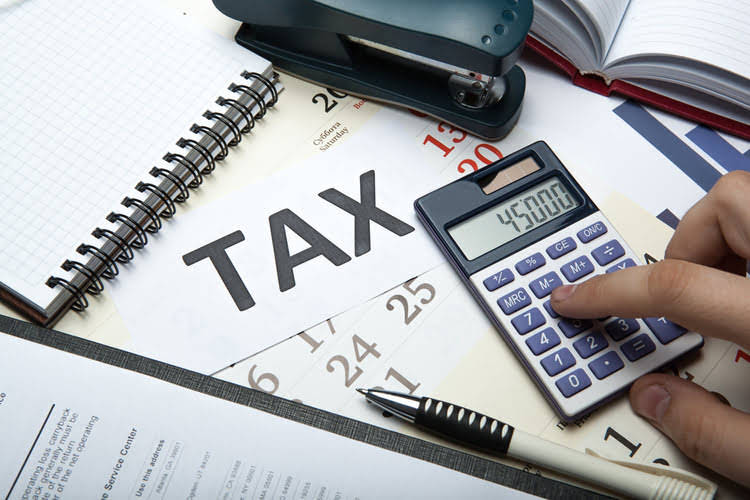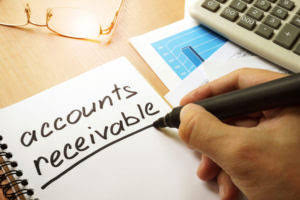Double Declining Balance Method of Deprecitiation Formula, Examples

In some cases, we earn commissions when sales are made through our referrals. These financial relationships support our content but do not double declining balance method dictate our recommendations. Our editorial team independently evaluates products based on thousands of hours of research.

Everything You Need To Master Financial Modeling
It reflects the asset’s reduction in value due to wear and tear, obsolescence, or age. Depreciation helps businesses match expenses with revenues generated by the asset, ensuring accurate financial reporting. First, determine the annual depreciation expense using the straight line method. This is done by subtracting the salvage value from the purchase cost of the asset, then dividing it by the useful life of the asset. First-year depreciation expense is calculated by multiplying the asset’s full cost by the annual rate of depreciation and time factor.
Calculate Creditworthiness of a Company
- Certain fixed assets are most useful during their initial years and then wane in productivity over time, so the asset’s utility is consumed at a more rapid rate during the earlier phases of its useful life.
- First, the straight-line depreciation rate is determined by dividing 100% by the asset’s useful life.
- However, note that eventually, we must switch from using the double declining method of depreciation in order for the salvage value assumption to be met.
- Selecting “Stick” will keep the panel in view while scrolling the calculator vertically.
- If the double-declining depreciation rate is 40%, the straight-line rate of depreciation shall be its half, i.e., 20%.
The prior statement tends to be true for most fixed assets due to normal “wear and tear” from any consistent, constant usage. But before we delve further into the concept of accelerated depreciation, we’ll review some basic accounting terminology. If you want to learn more about fixed asset accounting as a whole, then head to our guide on what fixed asset accounting is, where we discuss the four important things you need to know. Also, if you want to know the other essential bookkeeping tasks aside from fixed asset accounting, you can read our piece on what bookkeeping is and what a bookkeeper does. Once the asset is valued on the company’s books at its salvage value, it is considered fully depreciated and cannot be depreciated any further. However, if the company later goes on to sell that asset for more than its value on the company’s books, it must pay taxes on the difference as a capital gain.
- This is unlike the straight-line depreciation method, which spreads the cost evenly over the life of an asset.
- For example, companies may use DDB for their fleet of vehicles or for high-tech manufacturing equipment, reflecting the rapid loss of value in these assets.
- Double-declining depreciation charges lesser depreciation in the later years of an asset’s life.
- Since the double declining balance method has you writing off a different amount each year, you may find yourself crunching more numbers to get the right amount.
- It’s a good way to see the formula in action—and understand what kind of impact double declining depreciation might have on your finances.
- Aside from DDB, sum-of-the-years digits and MACRS are other examples of accelerated depreciation methods.
Best accounting software for calculating depreciation
- She holds a Bachelor of Science in Finance degree from Bridgewater State University and helps develop content strategies.
- This method is often used for things like machinery or vehicles that lose value quickly at first.
- A double-declining balance method is a form of an accelerated depreciation method in which the asset value is depreciated at twice the rate it is done in the straight-line method.
- Learn how to gather documents and put together back tax returns, even when you don’t have financial records.
- With the double declining balance method, you depreciate less and less of an asset’s value over time.
The higher depreciation in earlier years matches the fixed asset’s ability to perform at optimum accounting efficiency, while lower depreciation in later years matches higher maintenance costs. It’s ideal to have accounting software that can calculate depreciation automatically. Accelerated depreciation is any method of depreciation used for accounting or income tax purposes that allows greater depreciation expenses in the early years of the life of an asset. Accelerated depreciation methods, such as double declining balance (DDB), means there will be higher depreciation expenses in the first few years and lower expenses as the asset ages.

Our AI-powered Anomaly Management Software helps accounting professionals identify and rectify potential ‘Errors and Omissions’ on a daily basis so that precious resources are not wasted during month close. It automates the feedback loop for improved anomaly detection and reduction of false positives over time. We empower accounting teams to work more efficiently, accurately, and collaboratively, enabling them to add greater value to their organizations’ accounting https://www.bookstime.com/articles/closing-entries processes.
- The method ensures the book value does not drop below the salvage value, if any.
- This method allows businesses to write off more of an asset’s cost in the early years, which can help reduce taxable income during those years.
- So your annual write-offs are more stable over time, which makes income easier to predict.
- This rate is applied to the asset’s book value at the beginning of each year, not its original cost.
- The double-declining balance (DDB) method is a type of declining balance method that instead uses double the normal depreciation rate.

Salvage value is the estimated resale value of an asset at the end of its useful life. Book value is the original cost of the asset minus accumulated depreciation. Both these figures are crucial in DDB calculations, as they influence the annual depreciation amount. By dividing the $4 million depreciation expense by the purchase cost, the implied depreciation rate is 18.0% per year. He has a CPA license in the Philippines and a BS in Accountancy graduate at Silliman University. The beginning book value is the cost of the fixed asset less any depreciation claimed in prior periods.

Double-Declining Balance (DDB) Depreciation Method Definition With Formula
Although the method does not directly include salvage value in annual calculations, it becomes relevant in the final adjustment. For instance, the IRS requires compliance with the Modified Accelerated Cost Recovery System (MACRS), which may involve salvage value considerations for tax purposes. Depreciation is calculated by doubling the straight-line depreciation rate and applying it to the book value at the beginning of each period.